Imagine living in ancient North Africa when the powerful Roman Empire took over. We’ll explore how the Roman Empire influenced North Africa from both the Roman and Berber perspectives. You’ll explore how both the Romans and the native Berber people saw this time. From the Romans’ use of North Africa as their vital food source to the Berbers’ struggle and adaptation, you’ll get a clear picture of two very different perspectives.
Roman Influence on North Africa from Roman Perspective
In the annals of history, few empires have left as indelible a mark as the Roman Empire. Its vast territories stretched from the misty shores of Britain to the sun-drenched sands of North Africa. But while many regions under Roman dominion have been extensively studied, North Africa’s role as a breadbasket and vital province often remains underappreciated. From the Roman perspective, North Africa was more than just another conquered territory; it was an essential cog in the machinery of the empire.
Allure of North Africa
When the Romans first cast their eyes on North Africa, they saw a land of immense potential. The fertile plains of modern-day Tunisia, Libya, and parts of Algeria beckoned with the promise of abundant grain, a commodity that was essential for feeding the ever-growing population of Rome. As the saying goes, “Rome was not built in a day,” and neither was its appetite. The city’s burgeoning populace needed sustenance, and North Africa, with its vast tracts of arable land, was the answer.
Breadbasket of Rome
North Africa’s reputation as the empire’s breadbasket was not an exaggeration. The region’s agricultural output was staggering. Vast estates, known as latifundia, dotted the landscape, producing wheat, olives, and fruits in quantities that could feed millions. These estates were so integral to the Roman economy that they were often directly controlled by the state or by influential Roman senators.
The grain from North Africa was transported across the Mediterranean in large cargo ships, destined for the granaries of Rome. This grain supply was so crucial that any disruption could lead to food shortages, skyrocketing prices, and even civil unrest in the heart of the empire. Recognizing this, the Romans invested heavily in infrastructure, building roads, ports, and storage facilities to ensure a steady flow of grain.
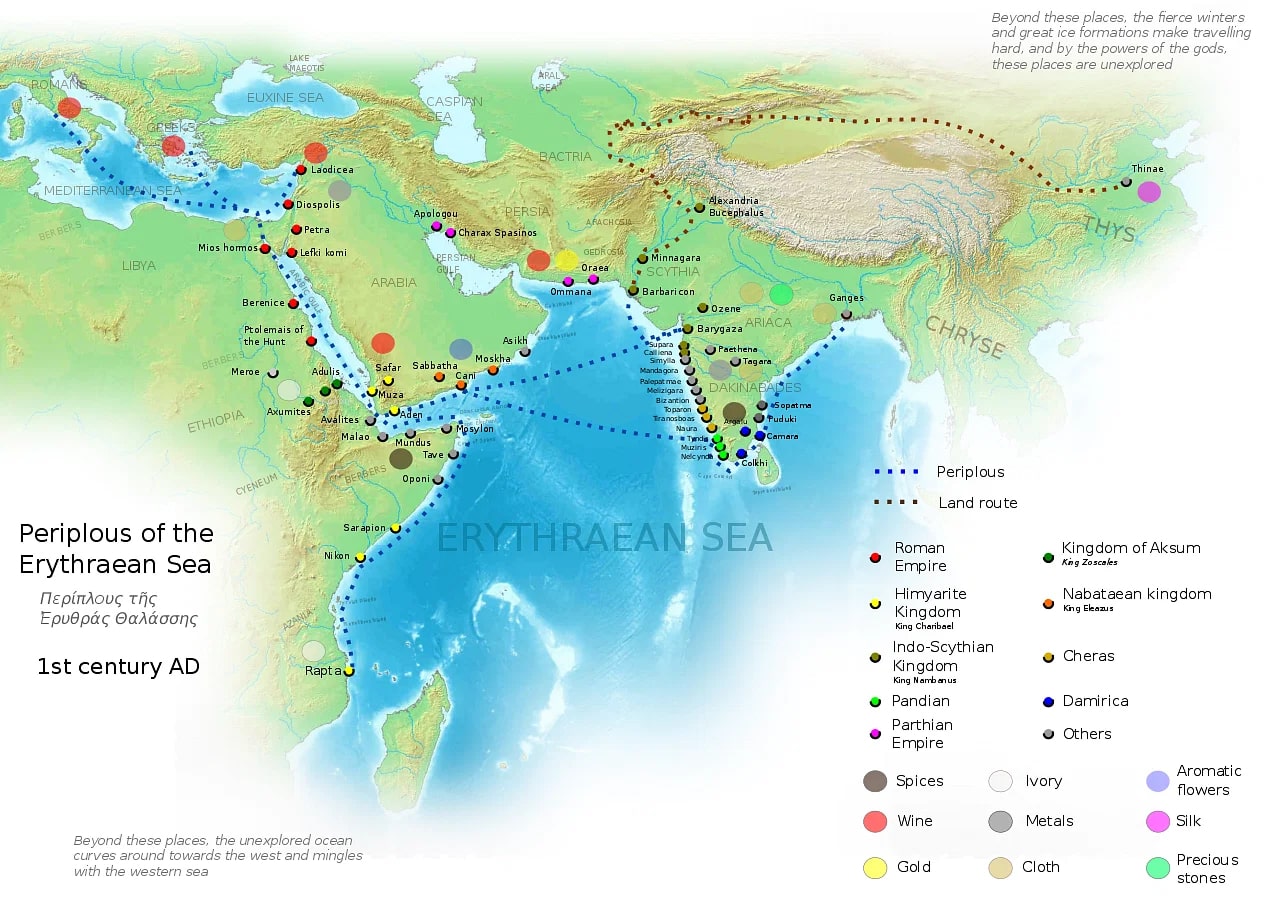
Cultural Exchange
But North Africa’s contribution to the Roman Empire was not limited to agriculture. The region became a melting pot of cultures, where Roman, Berber, Punic, and Greek influences intertwined. This cultural fusion gave birth to some of the empire’s most illustrious figures, such as the theologian Augustine of Hippo and the acclaimed author Apuleius.
The Roman influence permeated every facet of North African society. Magnificent cities like Carthage and Leptis Magna showcased Roman architectural marvels, from grand amphitheaters to intricate mosaics. Latin became the lingua franca, and Roman law, education, and customs became deeply entrenched.
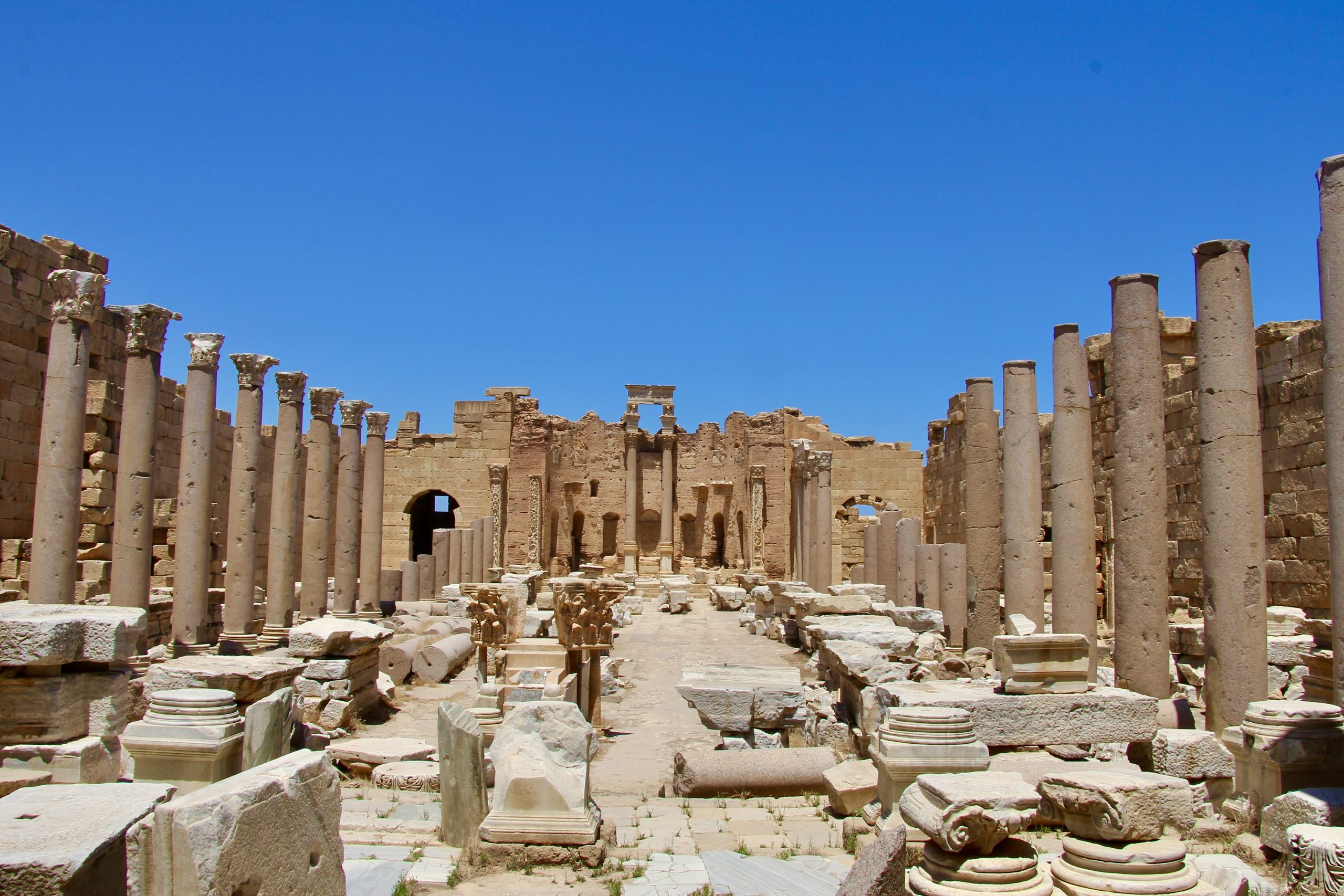
Challenges
Yet, for all its promise and prosperity, North Africa was not without its challenges from the Roman perspective. The vast Sahara Desert to the south acted as a natural barrier, but it also harbored nomadic tribes like the Garamantes. These desert dwellers, adept at desert warfare, often clashed with Roman legions, leading to a series of skirmishes and full-blown campaigns.
Furthermore, while the latifundia were productive, they were also sources of social tension. The vast estates often relied on slave labor, leading to societal disparities and occasional revolts. The Roman administration had to walk a tightrope, balancing the need for agricultural output with the imperative of social stability.
Roman North Africa
As the centuries rolled on and the Roman Empire faced internal and external pressures, its grip on North Africa began to wane. Yet, the Roman legacy in the region was undeniable. Even after the fall of the Western Roman Empire, the Eastern Roman (Byzantine) Empire continued to exert influence over North Africa for several more centuries.
Today, the remnants of Roman North Africa stand as testaments to a bygone era. Ruins of ancient cities, aqueducts, and fortresses dot the landscape, silent witnesses to a time when North Africa was the jewel in Rome’s crown.
Conclusion
From the bustling streets of Rome to the fertile plains of North Africa, the relationship between the empire and its vital province was one of mutual dependence. North Africa fed Rome, and in return, Rome bestowed upon it the gifts of civilization. This symbiotic relationship, forged over centuries, left an indelible mark on both regions, a testament to the enduring power of cultural and economic exchange.
Roman Influence on North Africa from Berber Perspective
The vast tapestry of North African history is woven with threads of diverse cultures, invasions, and empires. Among these, the Roman Empire’s influence stands out prominently. Yet, to truly understand this epoch, one must delve into the experiences of the indigenous Berber communities. For the Berbers, the Roman arrival was a complex interplay of adaptation and resistance.
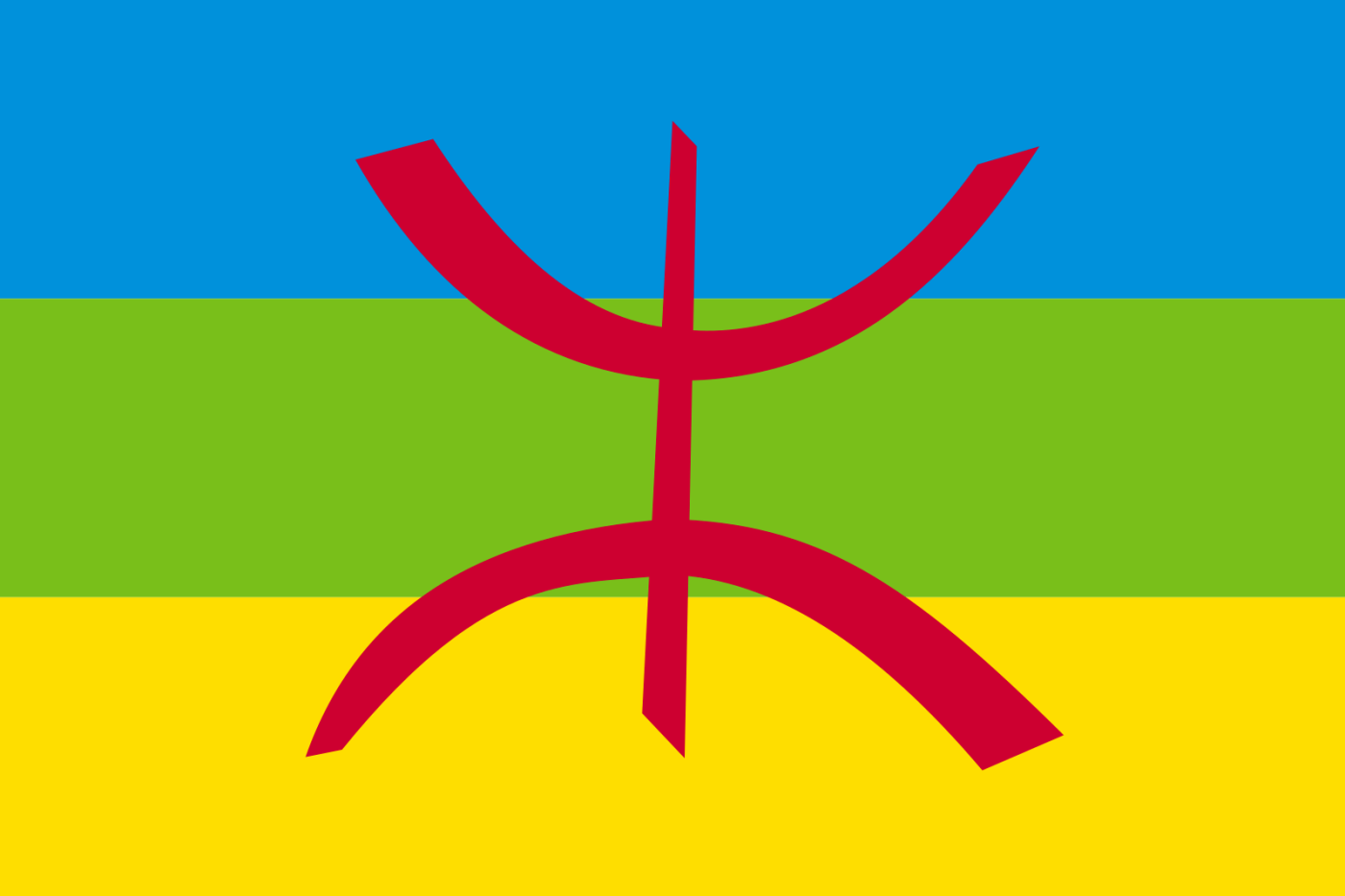
Before Rome
Before the Roman legions marched into North Africa, the Berbers had already established a rich tapestry of cultures, languages, and traditions. Spread across the Maghreb, these communities thrived in the mountains, deserts, and coastal regions. Their world was about to change, but not without leaving an indelible mark on their conquerors.
Initial Encounters
As the Romans expanded their territories, they inevitably crossed paths with the Berbers. These initial encounters were marked by resistance. Berber tribes, known for their fierce independence and formidable warfare skills, often clashed with the Roman legions. The tales of Berber queens like Kahina, who led her tribe against the Roman invaders, still resonate in North African folklore.
However, as with many empires, the Romans brought more than just military might. They introduced new agricultural techniques, architectural marvels, and trade opportunities. For some Berber communities, this meant a chance to adapt and thrive under Roman rule.
Adaptation
The Berber response to Roman rule was far from monolithic. While some resisted, others saw opportunities for growth and prosperity. The Romans, recognizing the importance of the Berbers in the region, often forged alliances with local chieftains, granting them Roman citizenship in return for military service or trade agreements.
Roman towns and cities began to emerge across North Africa, and alongside them, Berber settlements also flourished. The city of Volubilis, near modern-day Meknes in Morocco, stands as a testament to this symbiotic relationship. Here, Roman villas with intricate mosaics coexisted with traditional Berber homes.

Trade became a significant aspect of Berber life during Roman times. Berber merchants traded local products like gold, ivory, and animals for Roman goods, integrating themselves into the vast Roman economic network.
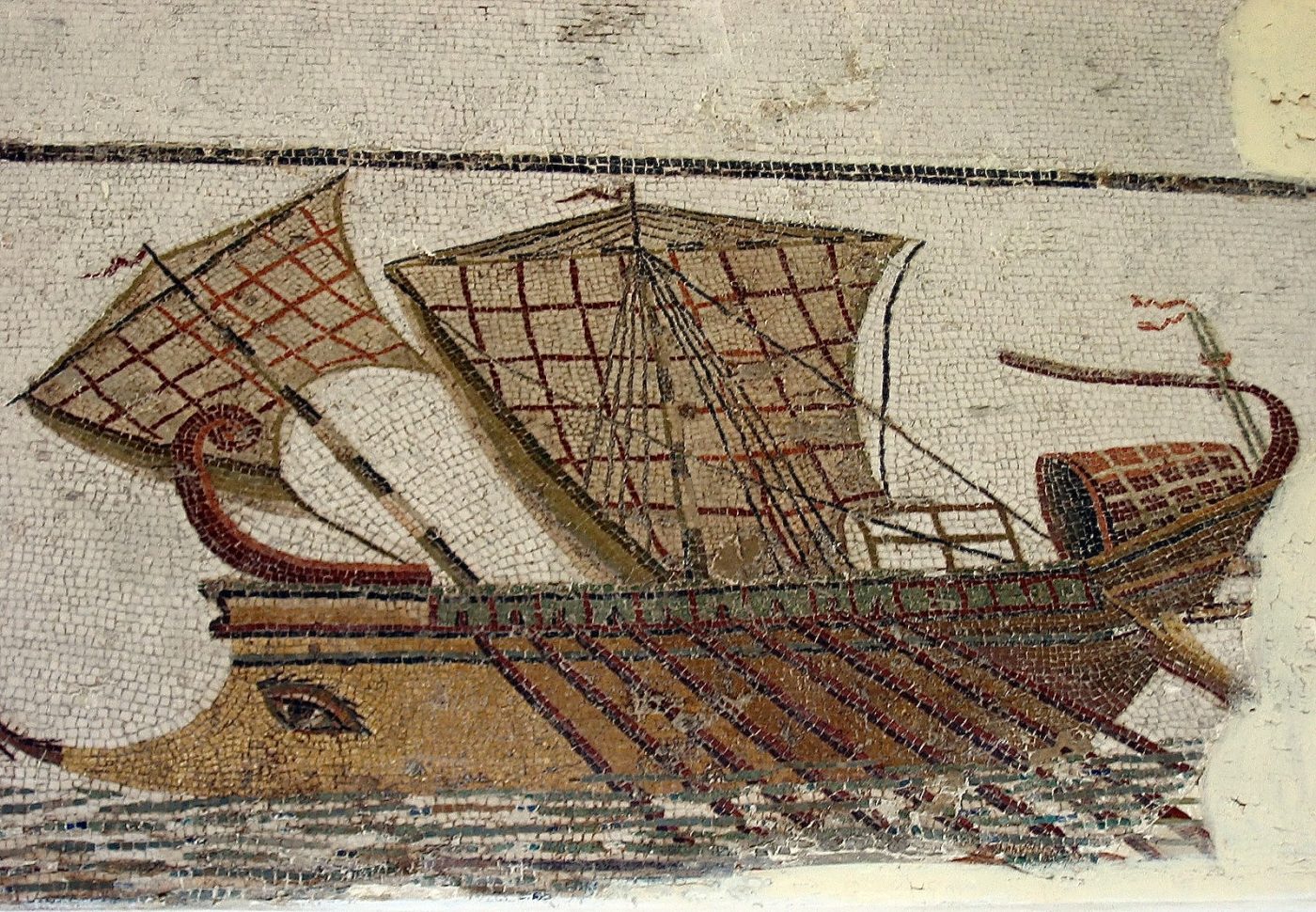
Resistance
Yet, beneath this veneer of cooperation and coexistence, the flames of resistance never truly died out. The Berbers, with their deep-rooted sense of identity and love for their land, often chafed under Roman administrative policies. Taxes, land ownership disputes, and cultural impositions led to sporadic revolts.
The most notable of these resistances was led by the aforementioned Kahina, a Berber queen and warrior. Her fierce resistance against the Romans is not just a tale of war but also a symbol of the Berber spirit’s indomitability.
Roman North Africa from Berber Lens
The Roman era in North Africa was not merely a chapter of conquest and submission. It was a period of mutual exchange. The Berbers adopted certain Roman practices, integrating them into their own rich traditions. Roman North Africa saw the rise of Berber scholars, merchants, and soldiers who played pivotal roles in the empire.
Yet, the Berbers also ensured that their culture, language, and traditions remained vibrant. Today, the Tamazight language and Amazigh symbols, like the Tifinagh script, are poignant reminders of this enduring legacy.
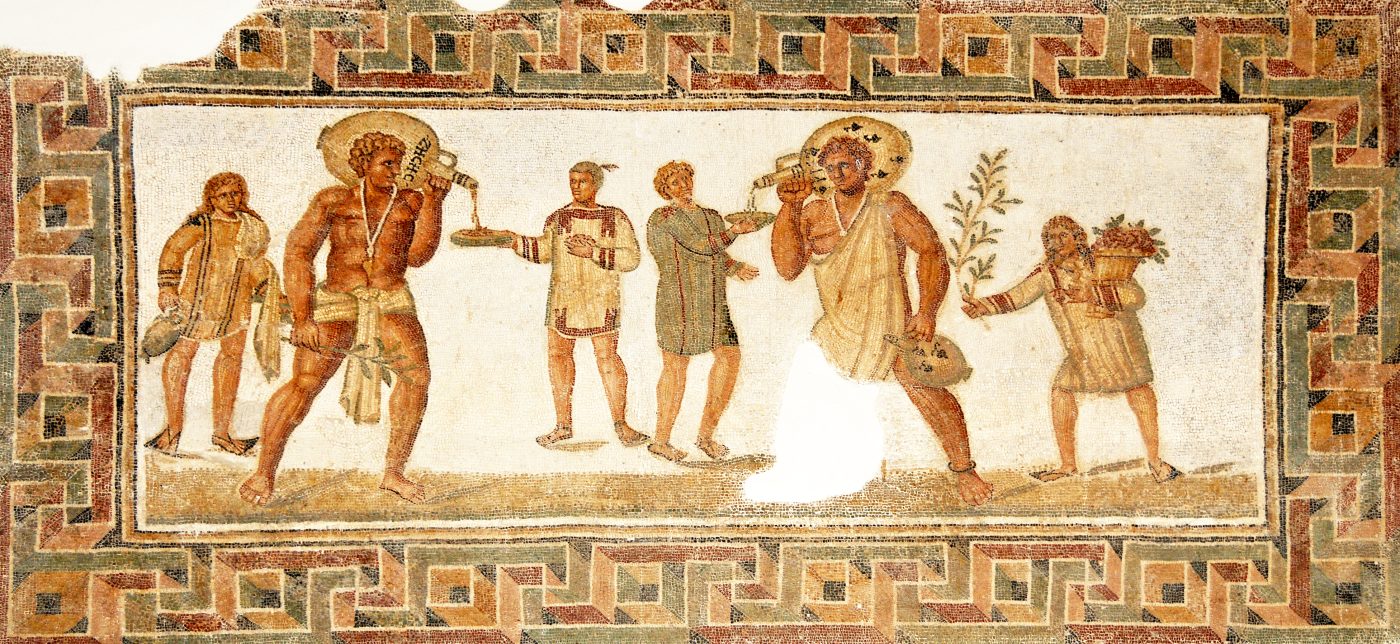
Conclusion
The Roman influence on North Africa, when viewed from the Berber perspective, is a tale of resilience, adaptation, and resistance. It’s a narrative that underscores the complexities of cultural interactions and the indomitable spirit of a people. As the sands of time have shifted, the Berber legacy, intertwined with Roman history, stands as a beacon, illuminating the rich tapestry of North African heritage.
What part of the Roman and Berber perspectives on North Africa do you find most interesting?
Share your thoughts in the comments!
The Tale of Queen Kahina The Berber Warrior Who Defied Rome
In the annals of North African history, few figures stand as tall and as enigmatic as Queen Kahina. A Berber queen and warrior, her fierce resistance against the Arab Muslim expansion in the 7th century is often likened to the Berber resistance against the Romans. While the Romans had long since established their dominance in North Africa, the spirit of resistance they encountered in figures like Kahina echoed the challenges they faced centuries earlier.
Rise of Kahina
Kahina belonged to the Djawāhir tribe, one of the prominent Berber tribes in the Aurès Mountains. Her rise to power in a male-dominated society was nothing short of extraordinary. With her piercing eyes and formidable leadership skills, she united various Berber tribes against common invaders.
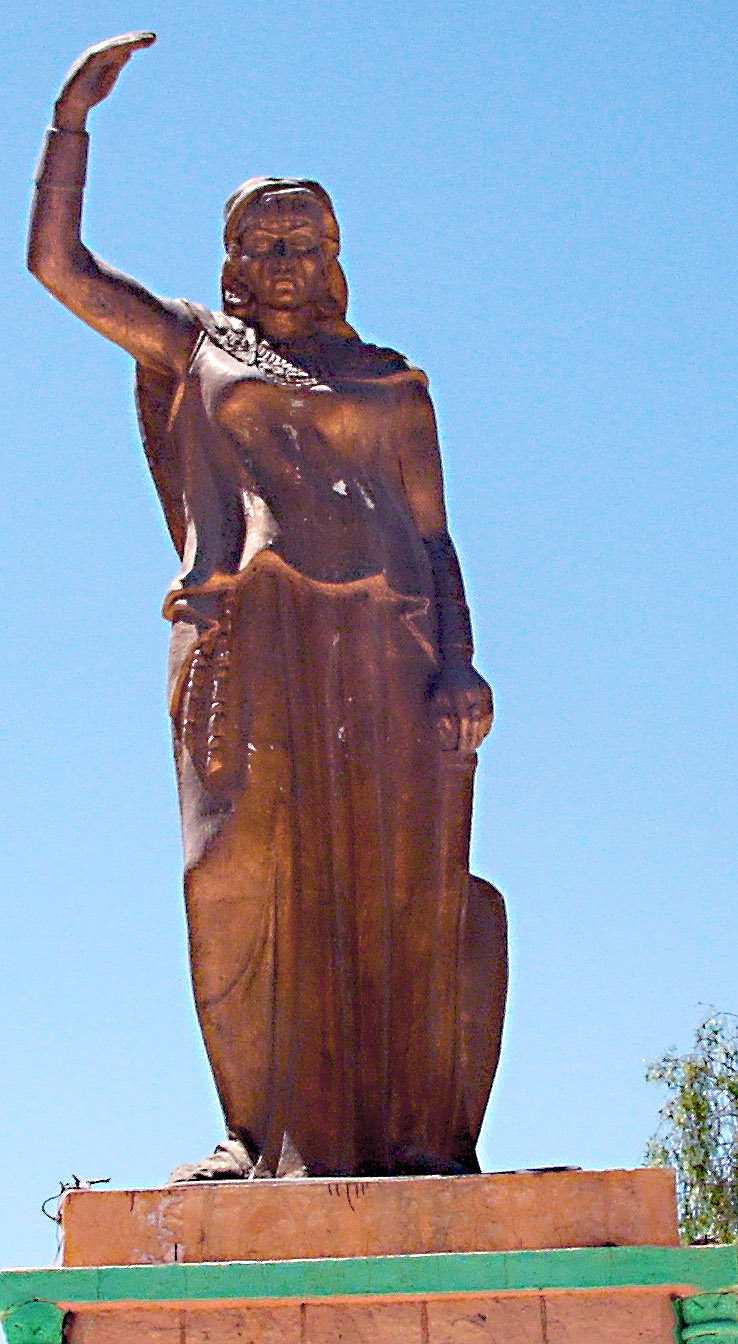
Battle Against the Umayyads
While Kahina’s primary resistance was against the Umayyad Arab forces, her story is reminiscent of the Berber spirit against earlier Roman invasions. As the Umayyads sought to expand their territory, Kahina’s forces engaged them in a series of battles. Her guerilla tactics and intimate knowledge of the North African terrain gave her an edge.
In one of her most strategic moves, she adopted a scorched earth policy, destroying local farmlands and cities to deprive the advancing Umayyad army of resources. This tactic, while controversial, showcased her determination to resist at all costs.
Legacy of Kahina
Despite her valiant efforts, Kahina’s forces were eventually defeated by the Umayyads. Yet, her legacy lived on. She became a symbol of resistance, not just against the Umayyads, but as an embodiment of the Berber spirit that had resisted foreign invaders, including the Romans, for centuries.
Today, Kahina is celebrated as a national hero in Algeria and Tunisia. Her story is a testament to the indomitable spirit of the Berbers and their long history of resistance against foreign domination.
The Tale of Tacfarinas The Berber Rebel Against Roman Rule
In the vast expanse of North African history, amidst tales of conquests and resistances, emerges the story of Tacfarinas, a Berber who once served in the Roman auxiliary forces but later led a significant rebellion against the very empire he once served. His story is a testament to the complex relationship between the indigenous Berber tribes and the Roman conquerors.
From Soldier to Rebel
Born into the Musulamii tribe, Tacfarinas was no stranger to the Roman ways, having served in their auxiliary forces. However, after deserting the Roman army, he leveraged his military training to rally the tribes of North Africa against Roman rule.
Guerrilla Warfare
Using guerrilla tactics, Tacfarinas and his forces harassed Roman settlements and supply lines. His intimate knowledge of the North African terrain, combined with his Roman military training, made him a formidable adversary. The rebellion, which began around AD 17, posed such a threat that Rome had to dispatch multiple legions and governors to quell it.
Siege and Endgame
The Romans, under the leadership of governors like Publius Cornelius Dolabella, faced significant challenges in suppressing the rebellion. Tacfarinas’s forces, using hit-and-run tactics, proved elusive. However, by AD 24, after a series of confrontations and leveraging their superior resources, the Romans managed to corner Tacfarinas, leading to his eventual defeat and death.
Legacy of Tacfarinas
While Tacfarinas’s rebellion was ultimately suppressed, his nearly seven-year resistance against one of the most formidable empires of the time left an indelible mark on the annals of history. He became a symbol of Berber resistance, a testament to the indomitable spirit of the North African tribes against foreign domination.
FAQ
1. How did the Roman infrastructure projects impact North African society and economy?
The Romans were renowned for their architectural and infrastructural prowess. In North Africa, they embarked on ambitious projects, constructing roads, aqueducts, and monumental buildings. These infrastructural developments facilitated trade, improved communication, and fostered urbanization. Cities like Carthage and Leptis Magna became bustling hubs of commerce and culture. The improved infrastructure also allowed for better agricultural practices, with the construction of dams and irrigation systems, further cementing North Africa’s role as the breadbasket of the Roman Empire.
2. What role did religion play in the Roman-Berber interactions?
Religion was a significant aspect of both Roman and Berber cultures. As the Romans introduced their pantheon of gods, there was a syncretism where local Berber deities were often identified with Roman gods. However, the most profound religious shift occurred with the spread of Christianity. North Africa became a vital center for early Christianity, producing influential figures like Saint Augustine. This religious melding sometimes led to tensions, especially with the rise of Donatism, a Christian schism that was particularly strong in North Africa.
3. How did the Roman presence influence the art and literature of North Africa?
The Roman presence brought about a renaissance in North African art and literature. Berber artists began to incorporate Roman motifs and techniques into their work, leading to a unique fusion style evident in mosaics, sculptures, and frescoes. Literature, too, flourished under Roman influence. Latin became a dominant language of scholarship and produced North African Latin authors like Apuleius and Terence, who made significant contributions to Roman literature.
4. Were there any significant technological or scientific exchanges between the Romans and the Berbers?
Indeed, there were. The Romans introduced advanced agricultural techniques, including new irrigation methods and crop varieties, which the Berbers integrated with their indigenous practices. In return, the Berbers shared their knowledge of desert navigation, local herbs, and medicinal practices. This exchange led to advancements in various fields, from agriculture and medicine to astronomy and mathematics.
5. How did the Roman rule impact the social hierarchy and daily life of the Berbers?
Roman rule introduced a new social structure in North Africa. The Roman concept of citizenship was extended to some Berbers, especially the elite, integrating them into the Roman administrative system. This led to a stratification where Romanized Berbers often held higher social and economic statuses. Daily life, too, underwent changes. Roman-style villas, bathhouses, and forums became common, and Latin became a prevalent language. However, many Berbers continued with their traditional lifestyles, especially in remote regions, maintaining their distinct cultural identity.
More of → Perspectives ←
This was a delight to read. You show an impressive grasp on this subject! I specialize about Appliances and you…
i think he was just a crazy guy, a victim of his childhood and enviroment
super interesting 🤔
Loved this article, learned a lot!

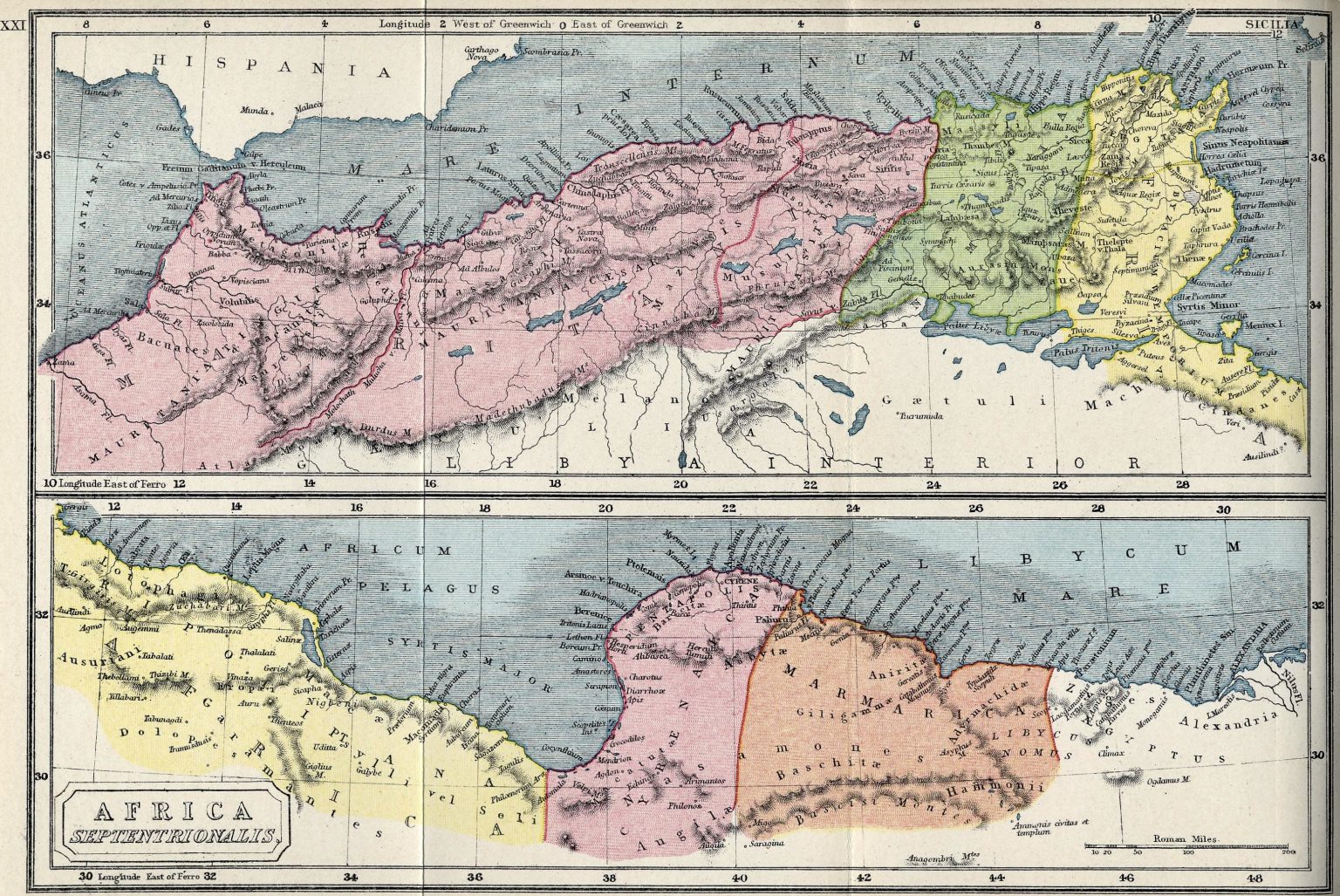
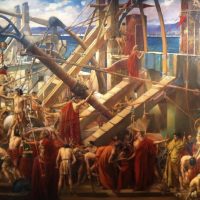

Leave a Reply